Total Therapy Blog
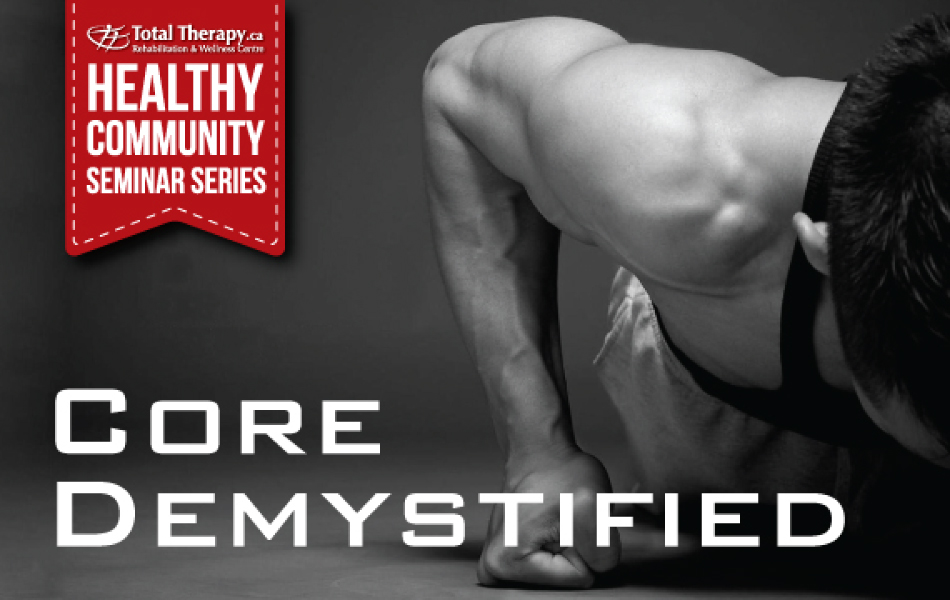
Healthy Community Series – Core Demystified
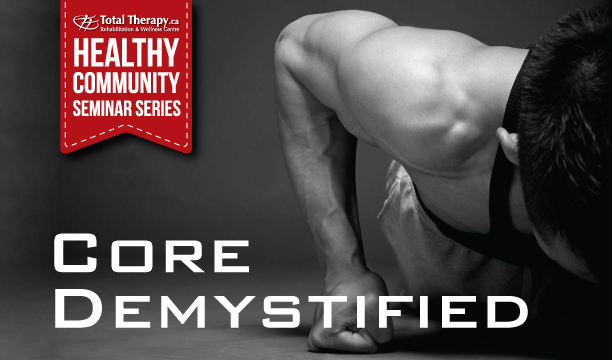
This article was contributed by Jordy Shumay. Jordy is Registered Kinesiologist with the BC Association of Kinesiologists. He has a Bachelor of Kinesiology from the University of Calgary, as well as a Masters of Science in Kinesiology from A. T. Still University of Health Sciences.
“Determining an appropriate level of fitness and functionality for my clients is paramount to helping them achieve optimal movement patterns. The methods used to improve weaknesses, imbalances, or correct dysfunctions is accomplished through dedication to research, development, and application of the most current scientifically-based practices. Returning my clients to fully functional movements and beyond is the ultimate goal.” – Jordy Shumay, BKin
When people think of the term “core” they may think of an apple core, but more likely they associate this term with the “core” that exists within the human body. Like the core of an apple, a human’s core provides it with structure. Without this structure our bodies would be hard pressed to move efficiently and may cease to have the ability to move in many different ways. Along with structure, a human’s core provides it with function which helps it to move properly during the many activities the human body participates in daily.
A human’s “core” is comprised of many structures that reside within the midsection of our bodies. This midsection can be described as the range from our hip region to the base of the chest in the front of the body. On the opposite side of our body the “core” region again begins at the hip region and reaches up towards the base of our shoulder blades. Important muscles, tendons, ligaments, and joints can be found in these regions which act to provide the structure and function that was described above. The final component of the core that must not be forgotten is the muscles, tendons, and ligaments which connect the structures between the front and rear regions as well as the interactions that occur between these regions.
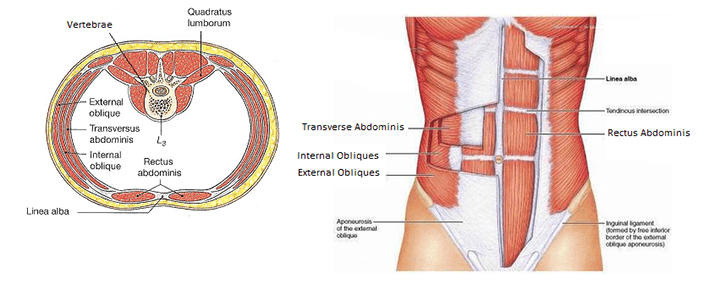
Based on the importance of a human’s core, it is reassuring that each and every person has a place for this in their body. What differs between every individual is the varying degrees of strength and functionality that these core structures are able to produce. Weaknesses or imbalances in any of these core structures may lead to limited functionality in the activities of our daily lives. The good news is that with a properly designed training program based on correct assessment, many deficiencies within the core region can be improved.
This is where the idea of “core” training becomes of utmost importance. There are many training programs out in the world today that promote core training, but few that truly train the core properly and even fewer that take into account the expansive core structure that has been described earlier. Proper core training means that the core muscles that are being targeted by any given exercise are actually being activated, or utilized, during that movement. Learning to use certain core muscles is the key to strengthening those muscles. It takes time and conscious effort to develop the proper activation process, but once this is achieved then true core training can take place and improvements can be observed.
Taking the idea of core training one step further, the core exercises involved in such training programs should be functional. This refers to performing exercises or movements that will closely mimic the motions we want to improve upon. This idea goes hand-in-hand with properly activating the muscles involved in these movement patterns. Strength in the muscles associated with the core, along with the avoidance of muscular imbalances in this region, can promote optimal health in any individual.
Sample Exercises
Here are a few examples of exercises (try holding them for a count of 5, then repeating):
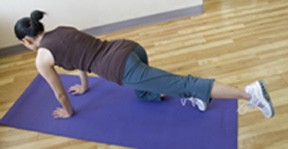
Bird Dog
How To: Brace your core. Extend back with a leg, focusing on keeping the body in the same position – do not shift the hips.
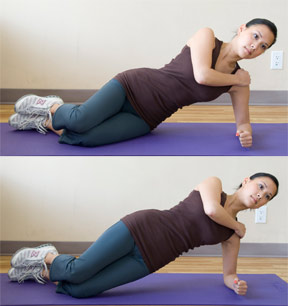
Side Bridge
How To: Bring the hips up and forward so that you are in a straight line from shoulder to knee (knees stay on the ground).
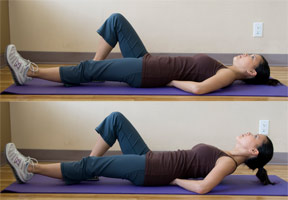
Stability Crunch
How To: both hands under your back, come up leading with the chest, ensuring there is no increase in pressure on the hands.

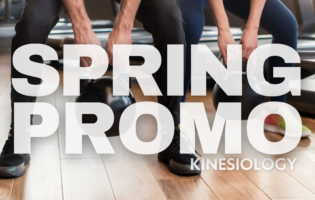
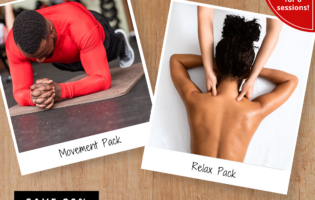




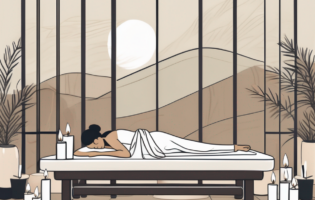
Follow Us!
& Stay Up To Date
BLOG